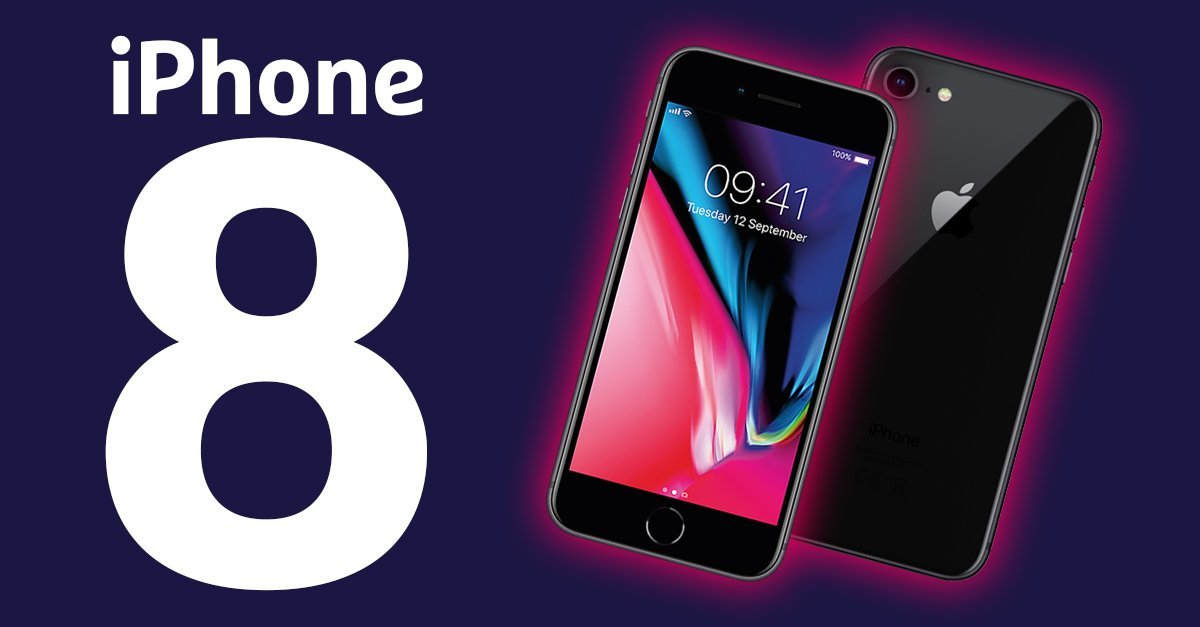Apple's iPhone 8 wasn't even the top iOS phone when it released, but it's still a robust choice for functionality and speed, with a traditional home button packing an easy-to-use Touch ID fingerprint sensor used for unlocking the phone (optional). In short, it's as powerful as the iPhone X at a notably lower cost - which is still impressive years after both phones have come out.
When Apple announces new iPhones, it typically drops a few aging devices, but the iPhone 8 has manage to survive unscathed, and enjoys the new features in iOS 13 to boot.
The 8 is a legacy iPhone through and through: if you've owned an Apple handset from the iPhone 6 onwards, you'll know exactly what you're getting with this smartphone. There haven't been too many changes over previous models, but for some, that's a bonus.
While it may not offer much over its direct predecessor, the iPhone 8 has enough about it to make it an exciting upgrade for those with older iPhone handsets. It also enjoys all the goodies in iOS 13, like Dark Mode and a range of app speed increases, so you can make the most of your iPhone experience.
Display:
- 7-inch Retina HD display, same as the iPhone 7
- Apple’s True Tone tech improves colours and contrast
On paper there’s nothing between the iPhone 8 displays and the screen on the IPhone 7. Both it and the iPhone 7 boast a 4.7-inch IPS display with a 750 x 1334 resolution, giving a 326ppi pixel density. In fact, it’s the same size and resolution as the iPhone 6, which was launched back in 2014.
While this may seem like the same old story of Apple refusing to be pushed on upping specification, it hasn’t left the display alone completely, adding True Tone display technology to the panel. This monitors the ambient light around the handset, and calibrates the screen to best suit the lighting conditions you’re in. It results in stronger colours and improved contrast, which does make the display look better than iPhone screens that came before it.
Place True Tone and non-True Tone iPhones side by side and you can see some improvement, but the iPhone 8’s display still doesn’t have quite the same colourful punch, or clarity, as the QHD+ AMOLED display on the Galaxy S8.
The colour reproduction is improved as well, with Apple focusing on what actually makes the screen look good rather than pushing the pixels for the sake of the spec sheet... but a boost to Full HD would have made an actual difference to the quality and clarity.
Games and videos look bright and vivid though, and the screen itself is responsive, giving a solid overall experience. It’s hard to knock the screen on its own merits, as it’s only when you put it alongside rivals that it lacks the same clarity.
The fact that the screen is smaller than a lot of flagship rivals also means it’s easier to hold and use one-handed, and we were able to stretch our thumb comfortably to most areas of the screen, which isn’t as easy on the larger iPhone 8 Plus.

